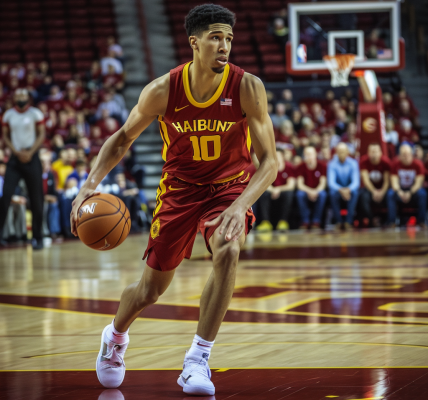The NBA world was abuzz when Jaylen Brown signed his record-breaking contract this offseason, with many hailing him as the league’s first $300 million player. However, a recent development has cast doubt on this status, raising questions about the economic factors that could impact his earnings.
Spotrac’s projection on Brown’s deal changed last week, with his new contract expected to pay him $286.23 million between the 2024-25 and 2028-29 seasons. This adjustment has sparked discussions about the intricacies of max salaries in the NBA and how they are determined based on the salary cap.
One of the key factors affecting Brown’s contract is the salary cap for the upcoming seasons. His supermax deal calls for him to earn 35% of the salary cap in the first season of his contract. However, uncertainties surrounding the projected rise in the salary cap have led to a revised estimation of Brown’s earnings.
Initial projections assumed a 10% increase in the salary cap, which would have significantly boosted the value of Brown’s contract. However, the NBA’s recent projection for the 2024-25 salary cap indicates a more modest rise, impacting both the first-year salary and the annual raise Brown is eligible to receive.
As a result, the projected value of Brown’s contract has been adjusted, prompting discussions about the impact of economic factors on players’ earnings in the NBA. While Brown’s status as the first $300 million player seemed certain initially, these developments have introduced a level of uncertainty, highlighting the complex interplay between player contracts and the league’s financial landscape.





